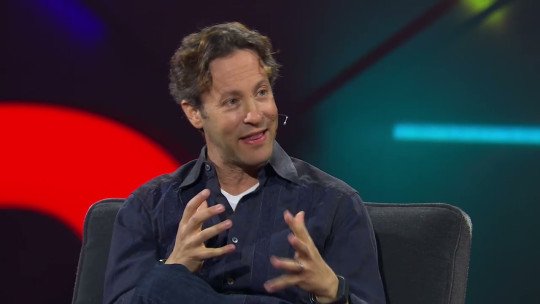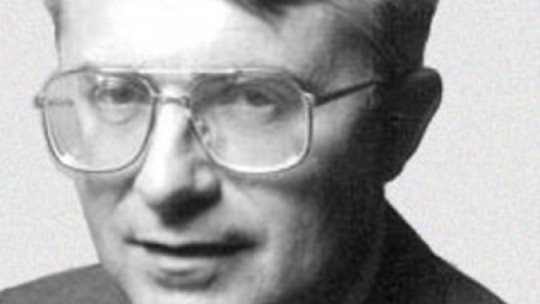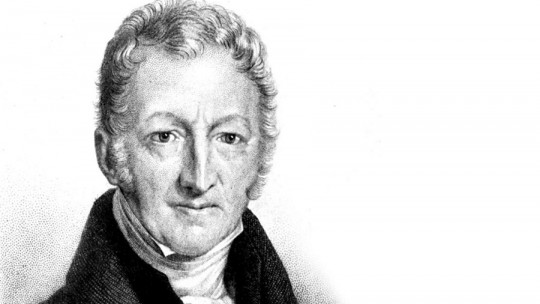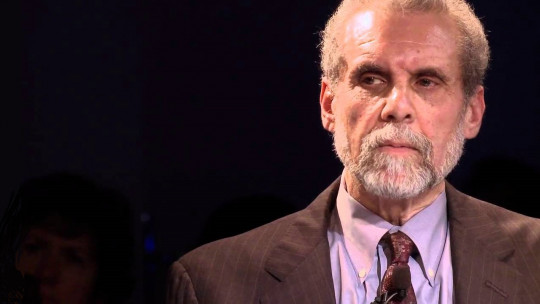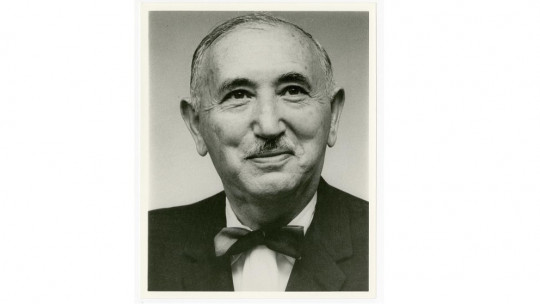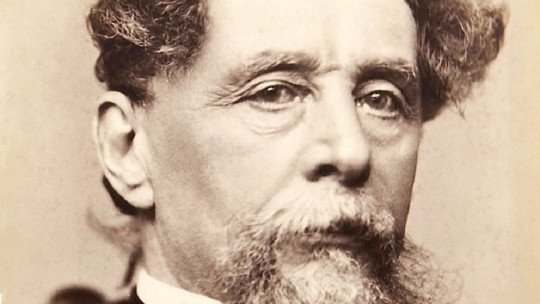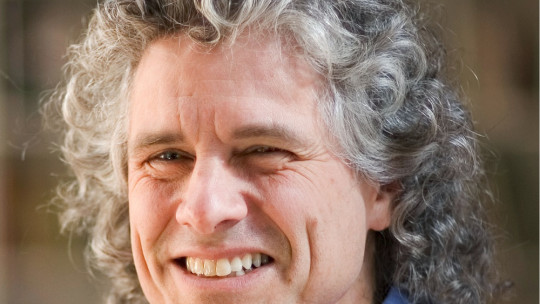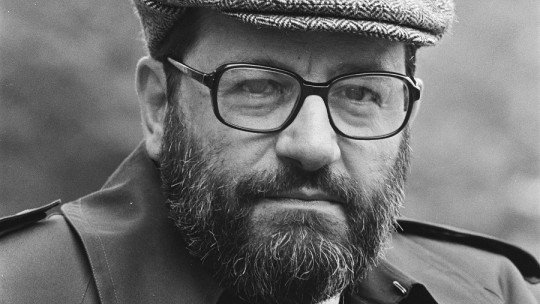David Eagleman’s face is probably one of the best known on the current neuroscience scene. This is because, in addition to being one of the most prestigious neuroscientists, Eagleman has managed to convey complex concepts in neuroscience to people not versed in the subject, and all this thanks to his great communicator skills.
The Brain with David Eagleman, the television show he directs and hosts, as well as the numerous books he has published on the subject, serve as a testament to his ability to reach all sectors of society.
In today’s biography we are going to talk about David Eagleman, neuroscientist, writer and CEO of one of the most innovative lines of bracelets in terms of sensory technology, the famous Neosensory.
Brief biography of David Eagleman, the “Carl Seagan of neuroscience”
Without a doubt, David Eagleman (April 25, 1971) is one of the celebrities of current neuroscience. Not only because of his solid training, but also because of his extraordinary ability to communicate to the general public the mysteries hidden behind the always enigmatic human brain.
Not in vain, some call him the “Carl Seagan of neuroscience”, alluding to the high communicative capacity of the New York astrophysicist, who brought the cosmos closer to the average citizen. And characters like Eagleman or Seagan show that nothing is too complicated if it is explained correctly.
The fascination with the brain
Without a doubt, the human brain is the anatomical element that has most fascinated scientists, especially since mental illnesses and disorders began to be studied seriously. Indeed; In this organ of approximately 1500 g and which represents only 2% of the total mass of the body, the daily emotions and thoughts that lead to a certain behavior are generated.
The millions of neurons and their synapses or connections are an enormous factory about which, although it may seem absurd, little is still known. Because, despite the fact that we have more and more knowledge of brain functioning, there are still serious gaps that make it difficult to fully understand this very complex organ.
David Eagleman, born in New Mexico in 1971, has always been fascinated by this complexity. The fall from a roof, when he was still very young, encouraged him to study what the perception of space-time was neurologically based on, and if all this had something to do with reality or if, on the contrary, the world was a “construction” of our mind.
The making of a neuroscientist
However, despite this early interest in neurology, Eagleman did not immediately direct his steps towards it. Motivated by the family environment of his childhood (his parents, Arthur and Cirel, in addition to scientists, were active readers), he entered Rice University, in Houston, Texas, to study American and British literature, where he graduated in 1993.
As expected, The young Eagleman soon felt that his destiny was different, so, in 1998, he received a doctorate in neuroscience from the Baylor College of Medicine. also in Houston. A little later, we find him working in a laboratory at the same institution, where he will carry out intense research activity.
Eagleman’s scientific curiosity is insatiable. His interest in the functioning of the human brain has resulted in the study of numerous fields: in addition to the aforementioned space-time perception, the neuroscientist has investigated fields as diverse as synesthesia (for which he has developed a completely online test). free, the Synesthesia Battery) or sensory substitution.
In this last field it has obtained great results, as demonstrated by Neosensory, the line of bracelets developed for sensory substitution. These devices have been designed to treat problems such as tinnitus (that is, the perception of a sound that is not actually occurring) or hearing loss. This line of research is absolutely innovative, since it explores the possibility of “exchanging” the senses to perceive the outside, something that is closely linked, as we see, to the human synesthetic capacity.
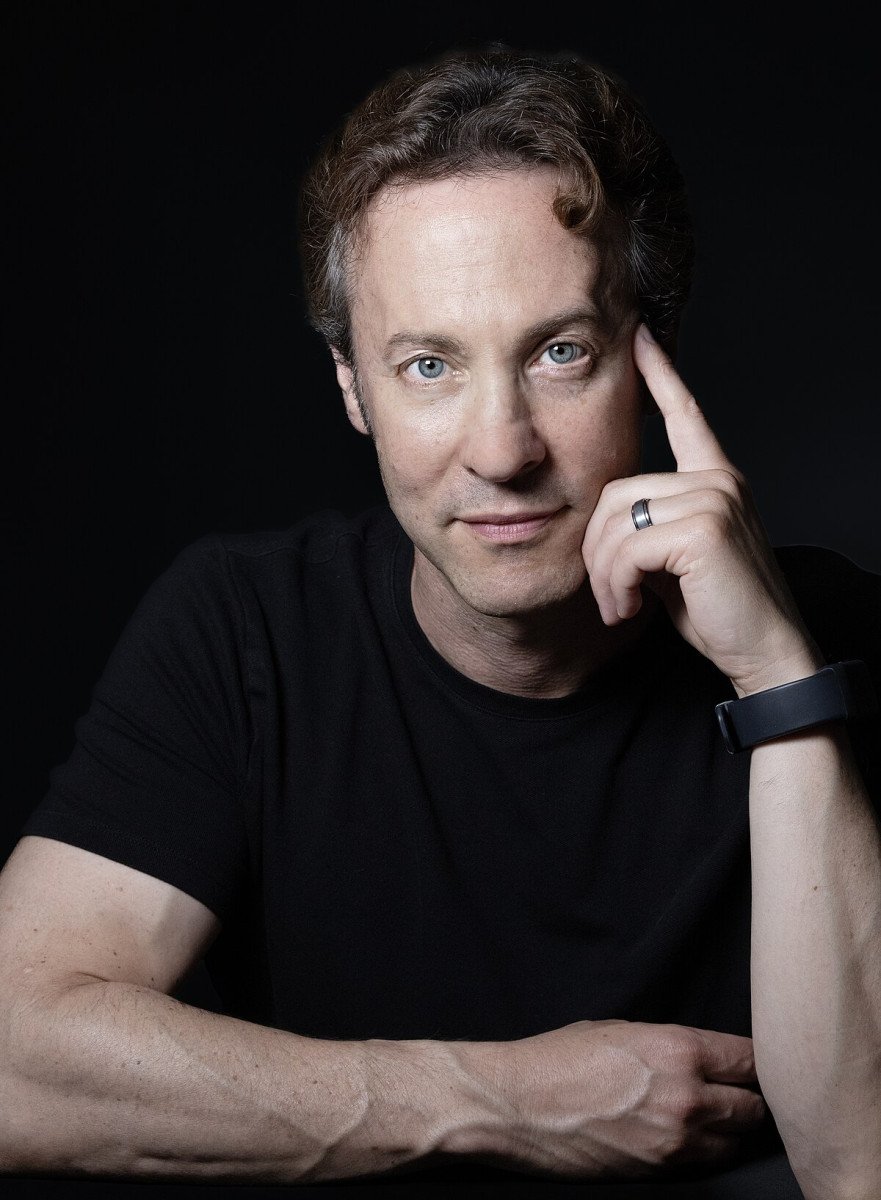
“Smell” a color
It may sound absurd, but this is exactly what people with synesthesia perceive. It is not a disease, but rather a way of perceiving the brain, according to which the person is able to “smell” colors or “hear” textures. Something as simple as thinking about a day of the week and it invariably being a certain color is also synesthesia.
Eagleman has dedicated his entire life to studying how the brain perceives the world around us. In this sense, the field of synesthesia, together with spatio-temporal perception, has been a recurring theme in his research, which has allowed him to advance several steps in understanding the functioning of sensory perception. One of his best-known books, Wednesday is Indigo Blue: Discovering the Brain of Synesthesia, addresses precisely this intriguing topic. Why are there people who are able to “perceive” sensations with senses that do not “correspond” to said sensation?
Synesthesia, as well as alterations in the perception of time and space, prove, once again, that what the brain perceives does not always coincide with reality, which leads us to ask ourselves: does this reality exist? Or do we build it?
The great communicator of our times
At least, of course, in the field of neuroscience. David Eagleman doesn’t just research, he then broadcasts it to the world. And he transmits it in a very informative way, as demonstrated by his program The Brain, cited in the introduction, which aired for the first time in the United States in 2015 and was then launched worldwide, with tremendous success.
The writer side of our character is no less important. In addition to collaborating in magazines such as Science and Nature, he has published numerous books, among which, in addition to the one dedicated to synesthesia, Incógnito (2013), The Brain: Our History (2017) and The Desbocada Species (2022) stand out. , written in collaboration with composer Anthony Brandt, which deals with creativity. In his bibliography there is even a science fiction novel: Sum, Forty Tales from the Afterlives (2010), where he tells us about the possibilities of life after death. For a person whose home was full of books and science, it couldn’t be any other way.

